VR training: is it effective for professionals and what are the limits
What if learning could be different? Since the Covid-19 crisis, many industries have adopted virtual

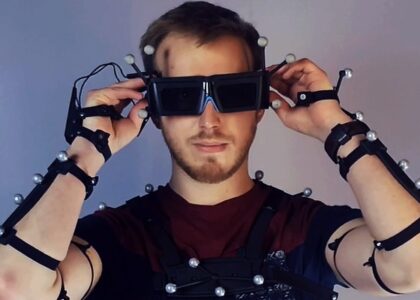
What if learning could be different? Since the Covid-19 crisis, many industries have adopted virtual

Collision detection is an essential aspect of AR / VR simulation. Does this new Ikea sofa you have an eye on really fit into that funky-shaped corner of your living room? This really is the question you would like answered when using the AR app on your tablet. Well, sometimes other industries have the same question when fitting machine-tools in factories.

Immersive technologies play a crucial role in the pharmaceutical and healthcare industry worldwide. According to a report from Statista, the market for augmented and virtual technology in medicine and pharma will grow by $4.64 million by 2025 thanks to many advancements in the healthcare industry in recent years.

Many industries are adopting AR and VR technologies inside their processes. For most use cases, traditional handheld controllers are more than enough in product-design and production processes. But for some precise use cases, adding VR finger tracking and haptic feedbacks is a real game-changer.

For some professionals, virtual and augmented reality is the wave of the future. For others,
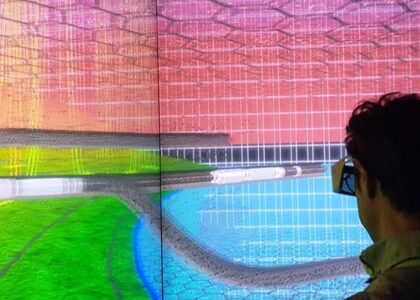
Many businesses have been using virtual reality to improve their processes for years. As a

When talking about the digital transformation of the construction industry, 2 technologies come to mind and are being used by professionals of the AEC sector (Architects, Engineers, Construction): Building Information Modelling (BIM) and Virtual reality (VR).
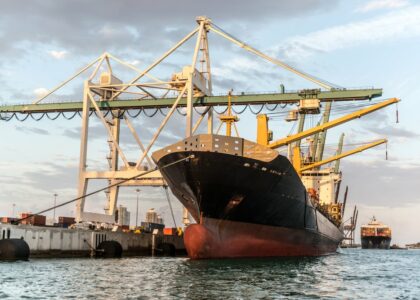
A report from Futuresource Consulting announced that the future of VR is bright, with massive investment in the upcoming years. Investments in the shipbuilding industry are not to be outdone, with a predicted $30 billion investment in its digital transformation in the next 30 years.
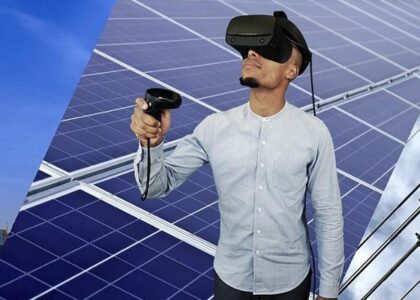
The energy sector is in the midst of a tremendous shift as it embraces the use of virtual reality software (VR) and augmented reality (AR) technology on a global scale.
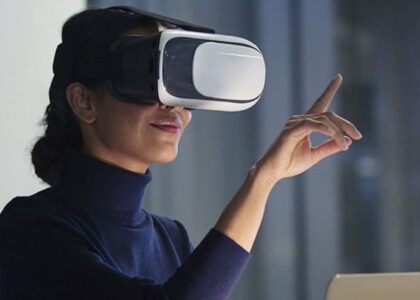
While Industry 4.0 affects production lines and machines, it is also a challenge for operators. With the happening of modern plants, the increase in automation and robotization, their environment has become more and more complex, and they must adapt fast.